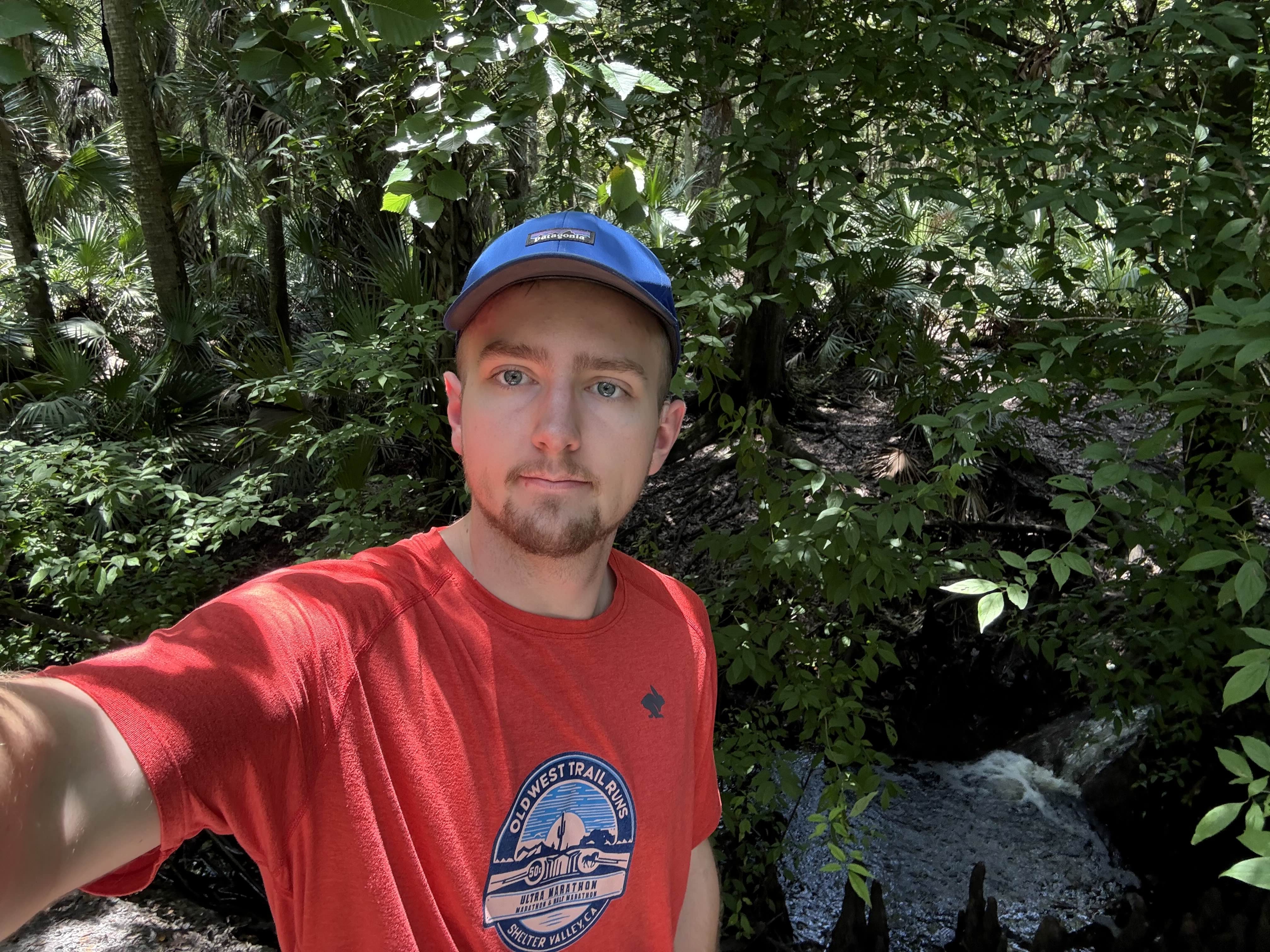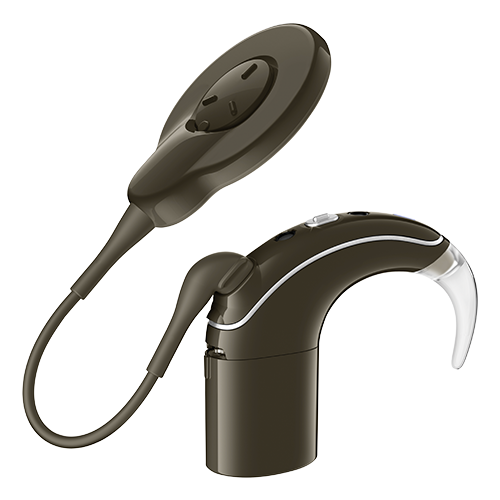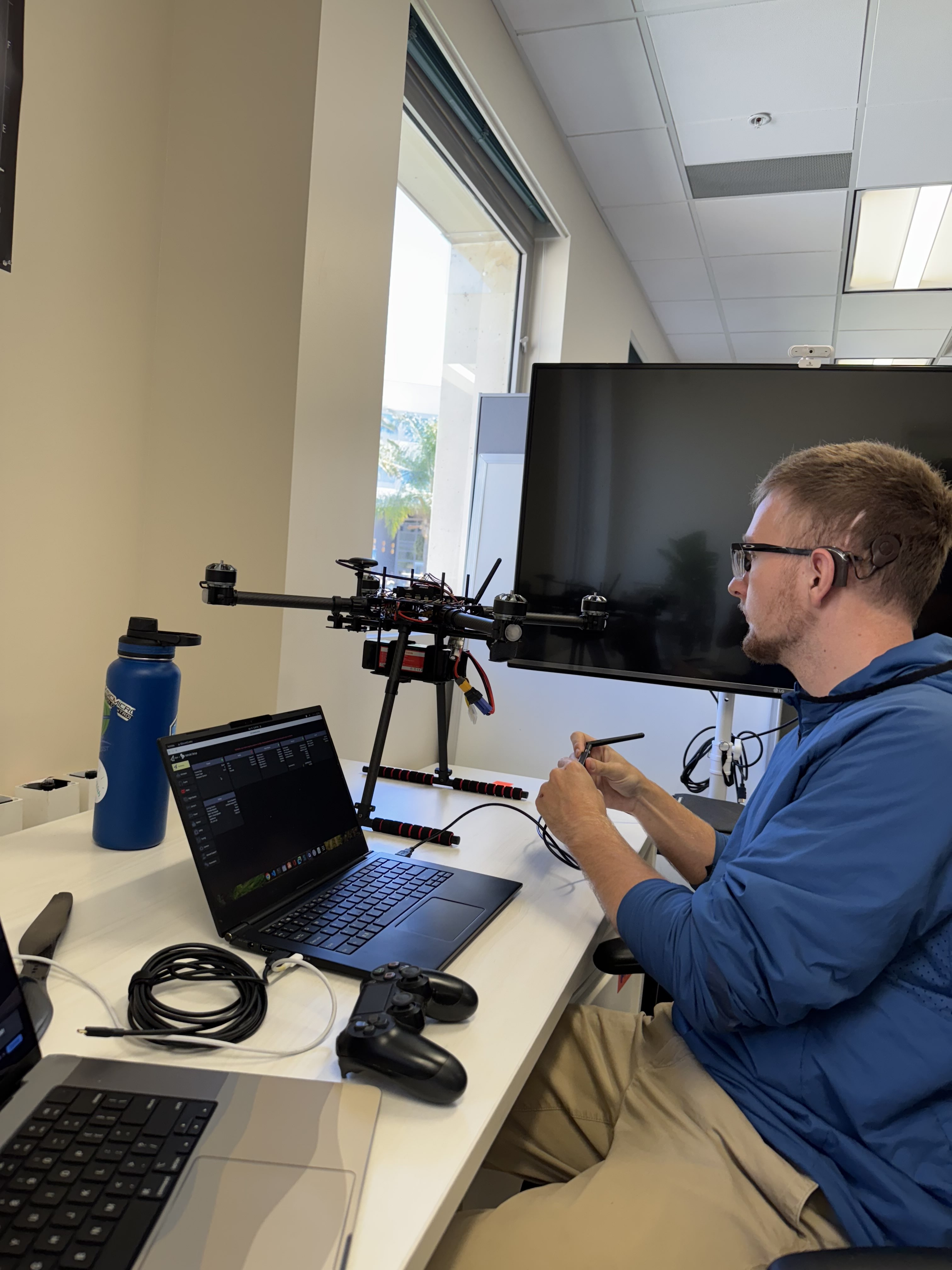My Hearing Loss

Introduction
I'm Jaedon Spurlock, a software engineer originally from Marion, Ohio, a small close-knit town north of Columbus. I moved around quite a bit growing up, from a military base in Virginia, to the beaches of Hawaii, to the coast of California. I've lived from living alongside the Amish folk out in the country, to deeply nested in city life in San Diego.
I was born in 2004 with profound bilateral neurosensorial hearing loss, which left me completely deaf in both ears.
Cochlear Implants
On my head, I wear what is called a Cochlear Implant, a small, rectangular device that sits behind my ear.
This device is a sound processor that connects to a magnet under my skin, which allows me to hear through the stimulation of auditory nerves in my cochlea. Although I never had natural hearing, you could describe this sensation as listening to the world through headphones as sounds come through the device in a series of beeps and whistles.

I received my first implant in 2005 in Honolulu, Hawaii, and the second in 2007 in Denver, Colorado. At that time, the prospect of bionic hearing brought uncertainty to the deaf community, but also immeasurable promise of the gift of hearing. With a hint of doubt and hesitation, my parents ultimately chose to take a chance at giving me the gift of hearing.
The surgeries went surprisingly well, and I was supposed to grow up with two working ears. Unfortunately though, my right side struggled to function normally. The audiologist at the time determined that the cochlea in my right ear was too damaged to be replaced with the technology available at the time. She suggested to my parents that I should just stick with my left cochlear implant, as it was supposedly enough to hear sufficiently anyway. So in the fullness of time, I grew up deaf on my right side, and I would only be able to hear on my left side with a cochlear implant.
With time and practice, I learned to adapt to left-side hearing. I developed strategies to reduce the complexity of left-side hearing, such as standing on the right side when talking to peers, sitting in the front-right side of classrooms, and also advocating for myself to make sure that people understood my disability. With these strategies I developed over the years, I improved my hearing comprehension little by little.
Where I am today

Growing up as a "semi-first" generation college student with a hearing disability has given me the unique perspective as an engineer, and more broadly, as an individual.
If you would like to know more about my hearing loss, reach out to me at jaedonaspurlock@outlook.com